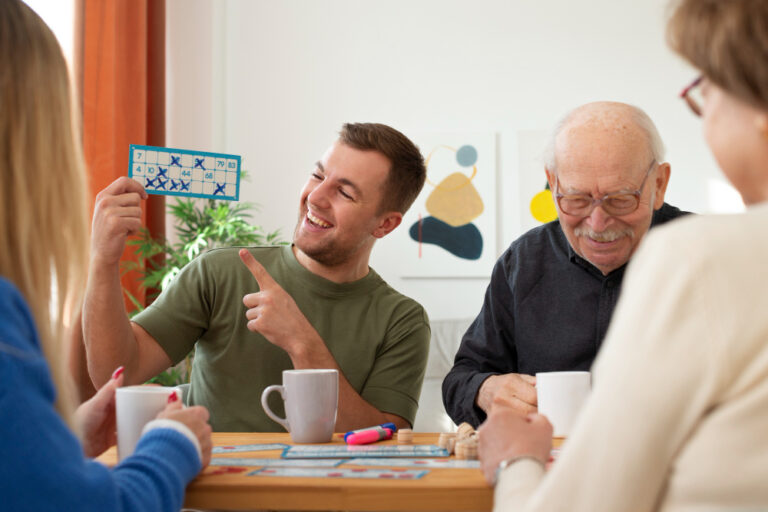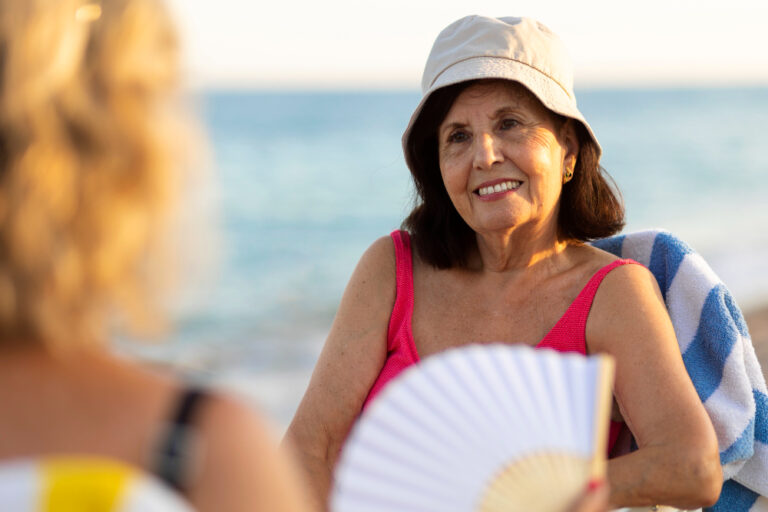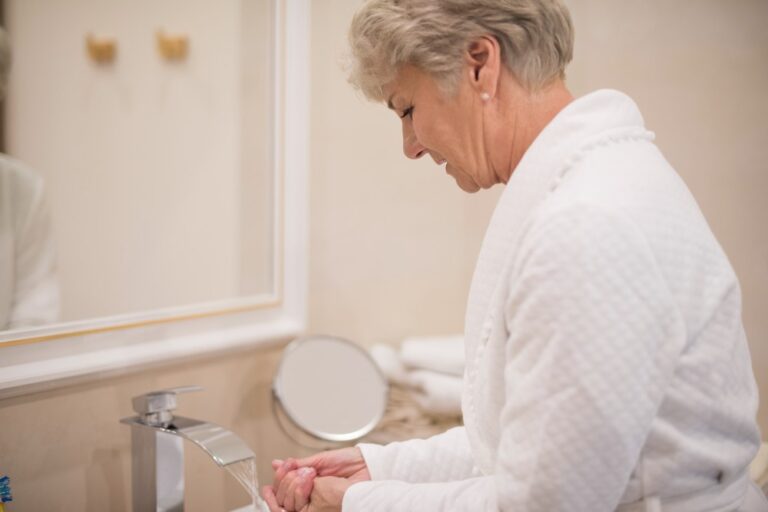Table of Contents
- Common Types of Anxiety Disorders in Older Adults
- Recognizing Symptoms of Anxiety in Older Adults
- Managing Anxiety in Older Adults
- Conclusion
Anxiety is a common experience for many, but when it becomes overwhelming and interferes with daily life, it can signify an anxiety disorder. This condition is not only prevalent in younger people but also affects a significant number of older adults. According to research, anxiety disorders affect approximately 10% to 20% of the elderly population. However, anxiety often goes undiagnosed, despite being more common than depression and cognitive disorders in older adults.
Common Types of Anxiety Disorders in Older Adults
Anxiety disorders come in various forms, and older adults are susceptible to multiple types. The most common anxiety disorder in the elderly is Generalized Anxiety Disorder (GAD), followed by phobias, panic disorders, Obsessive-Compulsive Disorder (OCD), and Post-Traumatic Stress Disorder (PTSD).
1. Generalized Anxiety Disorder (GAD)
Older adults with GAD often experience constant worrying, racing thoughts, and feelings of hopelessness. Other symptoms may include:
- Trouble sleeping
- Difficulty concentrating
- Fatigue and irritability
- Nausea, frequent urination, and hot flashes
- Shortness of breath
2. Phobias
Phobias in older adults often involve an irrational fear of specific places, objects, or events. Common fears include:
- Death and danger
- Dental procedures
- Health problems or harm to family members
Symptoms of phobias include dizziness, chest pain, heart palpitations, and shortness of breath when faced with the source of fear.
3. Panic Disorder
Panic disorder causes sudden and intense episodes of terror, often accompanied by:
- Racing heart
- Chest pain
- Weakness, nausea, or dizziness
- Fear of a heart attack or stroke
These panic attacks are typically unpredictable and can peak within 10 minutes before gradually fading.
4. Obsessive-Compulsive Disorder (OCD)
OCD is characterized by intrusive thoughts and repetitive actions that older adults believe can control these distressing thoughts. Symptoms of OCD include:
- Persistent, disturbing thoughts
- Compulsive behaviors like repeated handwashing or checking locked doors
- Obsessive fears about safety and harm
5. Post-Traumatic Stress Disorder (PTSD)
PTSD in older adults can result from traumatic experiences earlier in life. Symptoms may not appear until years after the event, with new triggers often exacerbating old trauma. For example, the onset of a new disability might cause flashbacks or increased distress related to previous trauma.
Learn More: Key Facts about breast cancer – Common causes of breast cancer
Recognizing Symptoms of Anxiety in Older Adults
Anxiety can manifest in various ways in the elderly, and while some symptoms are universal across age groups, others may be more prominent in older adults. Common signs of anxiety in seniors include:
- Shakiness or a panicky feeling
- Shortness of breath, sweating, and nausea
- Dizziness or lightheadedness
- Chest pain and digestive problems
- Muscle tension, fatigue, and soreness
- Irritability, forgetfulness, and confusion
- Avoidance of situations that trigger anxiety
- Withdrawal and social isolation
- Obsessive thoughts and compulsive behaviors
- Changes in weight, appetite, or eating habits
Managing Anxiety in Older Adults
Anxiety in older adults can be triggered by numerous factors, including environmental, physical, and emotional changes. Some common triggers include:
- Financial worries
- Chronic pain or health issues
- Dementia or memory problems
- Loss of independence and isolation
- Grief, loss, and end-of-life planning
By identifying and understanding these triggers, it becomes easier to manage anxiety effectively. Below are some strategies for managing anxiety in older adults.
1. Educate Yourself About Anxiety
Understanding the causes of anxiety and learning coping strategies is a crucial first step in managing the disorder. Therapy is often recommended to help older adults develop relaxation techniques and learn to manage stressful situations more effectively.
2. Build a Social Support Network
Family, friends, and trusted neighbors can offer emotional support and help alleviate feelings of anxiety. Social support can also provide a safety net during stressful situations and help identify when professional intervention is needed.
3. Maintain a Healthy Lifestyle
A balanced lifestyle can significantly reduce anxiety in seniors. Key elements include:
- Adequate sleep: Proper rest helps regulate mood and stress levels.
- Nutrition: A well-balanced diet ensures that the body gets the nutrients it needs to maintain emotional well-being.
- Exercise: Staying physically active can reduce tension and elevate mood.
- Social Interaction: Engaging in activities with others can foster a sense of belonging and purpose, alleviating feelings of isolation and anxiety.
Learn More: How to change your mindset about growing older?
Conclusion
Anxiety disorders are common in older adults, yet they often go unnoticed or undiagnosed. Recognizing the types of anxiety disorders and their symptoms is essential for early intervention. Managing anxiety in seniors requires a combination of education, social support, and healthy lifestyle choices. From The Heart Home Care is committed to helping older adults maintain their mental health by providing personalized care and resources to manage anxiety and improve their quality of life.







